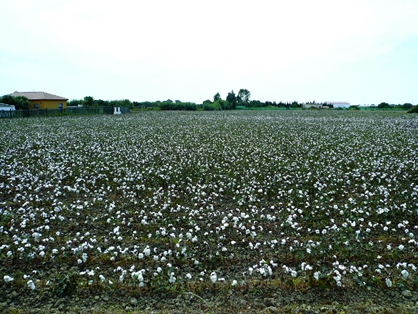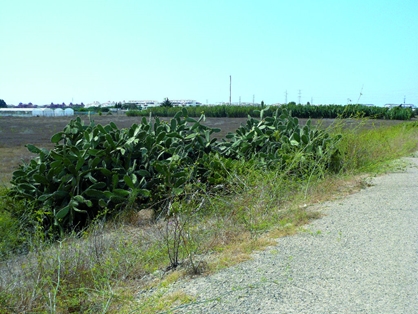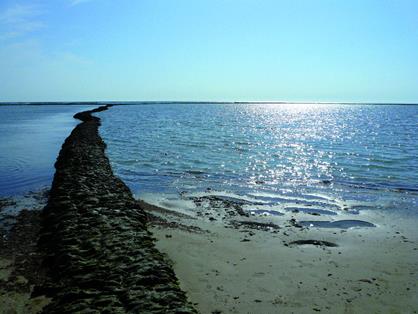- Home
- Rural Development
- Nature Trails
- Nature Trails
- South Sector
- Entre Ríos
Rota Greenway Nature Trail
Description

Heading for the beach
- - - - - - - -
IMPORTANT WARNING: DUE TO RESASONS BEYOND THE CONTROL OF THE NATURE TRAILS PROGRAMME, THE CONSERVATION CONDITIONS OF THIS TRAIL ARE BELOW THE REQUIRED STANDARDS, AND MAY NOT BE ALWAYS PASSABLE IN SOME SECTIONS!
- - - - - - - -
The Jerez-Sanlúcar de Barrameda railway project was probably the first of its kind in Spain, since the building permit was granted in 1830. Although this train also carried passengers, it was mainly used to transport a valuable commodity - sherry - especially to England.
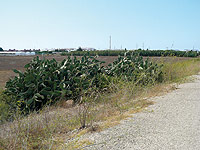
The route starts on the outskirts of Rota in a terrace between two roundabouts, one is the entrance to the town by CA-603 road (now A-2075) and the other Avenida de la Libertad. From this place, it is posible to follow the way to Rota, either by the cycle lane which leads to the bus station or following Avenida de la Libertad (and then Avenida María Auxiliadora) until it reaches El Mayeto park. Rota is a small coastal town, whose inhabitants have traditionally lived off agriculture (or "Mayetería" as it is called), fishing and, more recently, tourism, due to its exceptional beaches.
The first section of the route passes through orchards and fields of crops, mainly cotton, separated from the Nature Trail by brooms, black locusts (Robinia pseudoacacia), fennels (Foeniculum vulgare) and a thicket of eucalyptus (Eucalyptus sp.). Sparrows (Passer sp.) and larks (Galerida cristata) are amongst the most common birds in this area, with an odd seagull, due to the proximity to the sea. The route is fraught with signs of the presence of rabbits (Oryctolagus cuniculus). One may even run across the Trail.
There are three walkways over two motorways (A-491 and A-2077) and a brook.
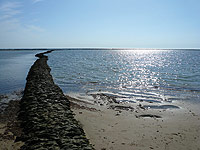
Near the end of the route, there is a huge abandoned silo where a large flock of collared doves (Streptopelia decaocto) have come together, and probably nest. This species has gradually colonised the Iberian Peninsula. Further on from the silo, the Trail crosses a tarmacked road known as "Hijuelo de la Tía Pepa", and continues towards Rota until the "Costa Ballena" resort can be seen in the distance, surrounded by golf courses. There is a bike lane from here to Sanlúcar. This Nature Trail ends at the kilometre 4 junction with A-491 although the route around Costa de la Luz can be continued by means of the Entre Ríos Greenway Nature Trail, which starts right in this point.
Sites of interest
Profile
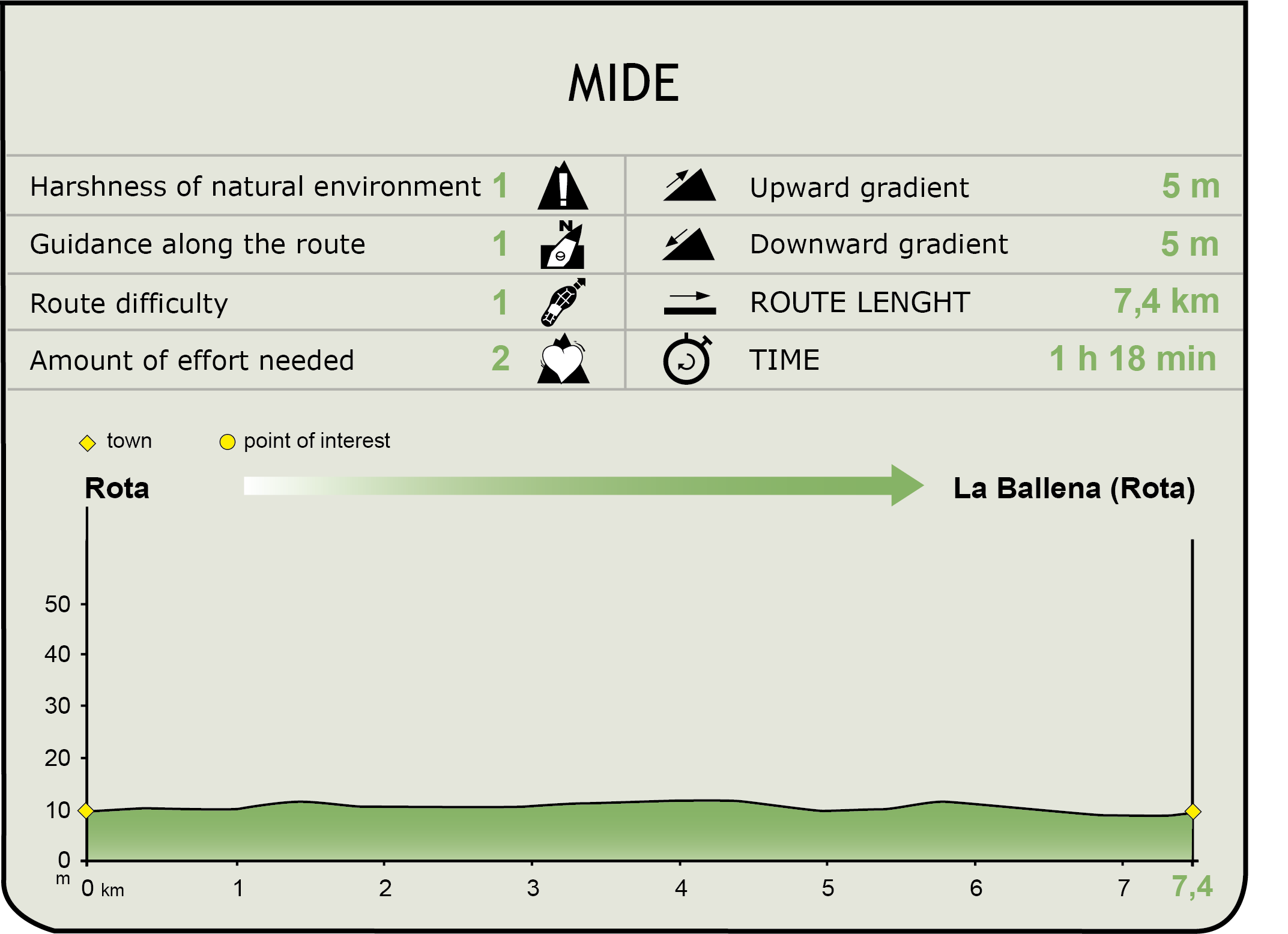
MIDE (Method for the Information of Excursions)
Featured
Further information
Los Corrales de Rota
Rota’s beaches are well worth a visit for their beauty and a unique natural monument: Los Corrales de Rota. Several artisan fishing buildings, dating back to Roman times, are located in the intertidal zone.
The system is extremely simple. When the tide rises, the walls of the pen are submerged under water, enabling the entry of fish. At low tide, the fish trapped inside the pens are easily harvested by fishermen and shellfish gatherers.
Mayetería in Rota
Mayetería is a traditional form of agriculture typical of the municipality of Rota. Historically, this type of agriculture was known for the quality of its produce. It was often said that the small farms where it was practised produced the best tomatoes and pumpkins in Spain. That and its select Tintilla grape variety were the pride of all Roteños in the 1950s.
Mayetería, however, was not just a type of agriculture but there was also an associated way of life, with those that practiced it known as mayetos. The name came from the month in which the vegetables were harvested: May, a month before other farms, thanks to the great care taken by the mayetos in their cultivations and the characteristic soil and climate of the area: sometimes dry, sometimes humid depending on the direction of the wind. The soil was poor but very permeable and fresh, and enriched with the organic manure provided by livestock. The deal with the land was one for life and it was said that the mayetos were always touching their crops.
The origin of this type of farm is Arabic as are the houses, very characteristic and reminiscent of the Mediterranean barracas. The original mayetos’ huts were rectangular, built with wood and wattle with a thatched roof made from reeds or dried pasture grass or even dried seaweed, which was associated with a smallholding. The house was built south-facing, in search of light, with its back to the cold northern winds. Cooking was usually performed outdoors, where the stables were also located. These were used for keeping mules or oxen used for ploughing; cows and goats for milking as well as chickens and rabbits.
However, in 1953 the whole model changed. Some 250 hectares of smallholdings (almost a third of the total area of the municipality) were transferred to other less fertile lands as a result of the construction of the most important US military base in Europe. This brought with it not just a cultural and social change in Rota but the transformation of the existing economic model. Today the annual economic impact of the military base on the municipality is estimated at around 600 million euros. In the late 1970s, tourism and related urbanisation managed to completely finish off this traditional agricultural model.
Today there is an interpretive centre, the Centro de Mayetería, in Rota, located on the Camino de Santa Teresa. Over its two hectares one can enjoy this traditional form of agriculture once common throughout Rota, Chipona and Sanlúcar.
